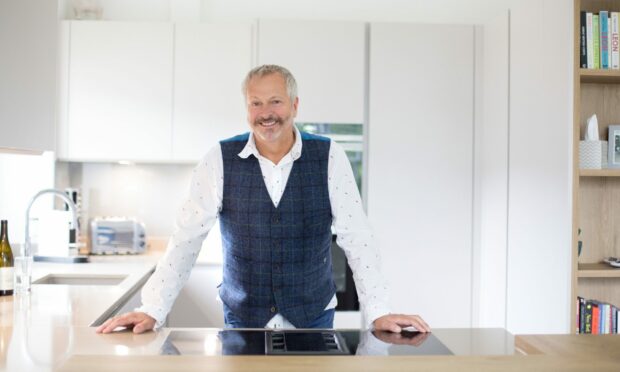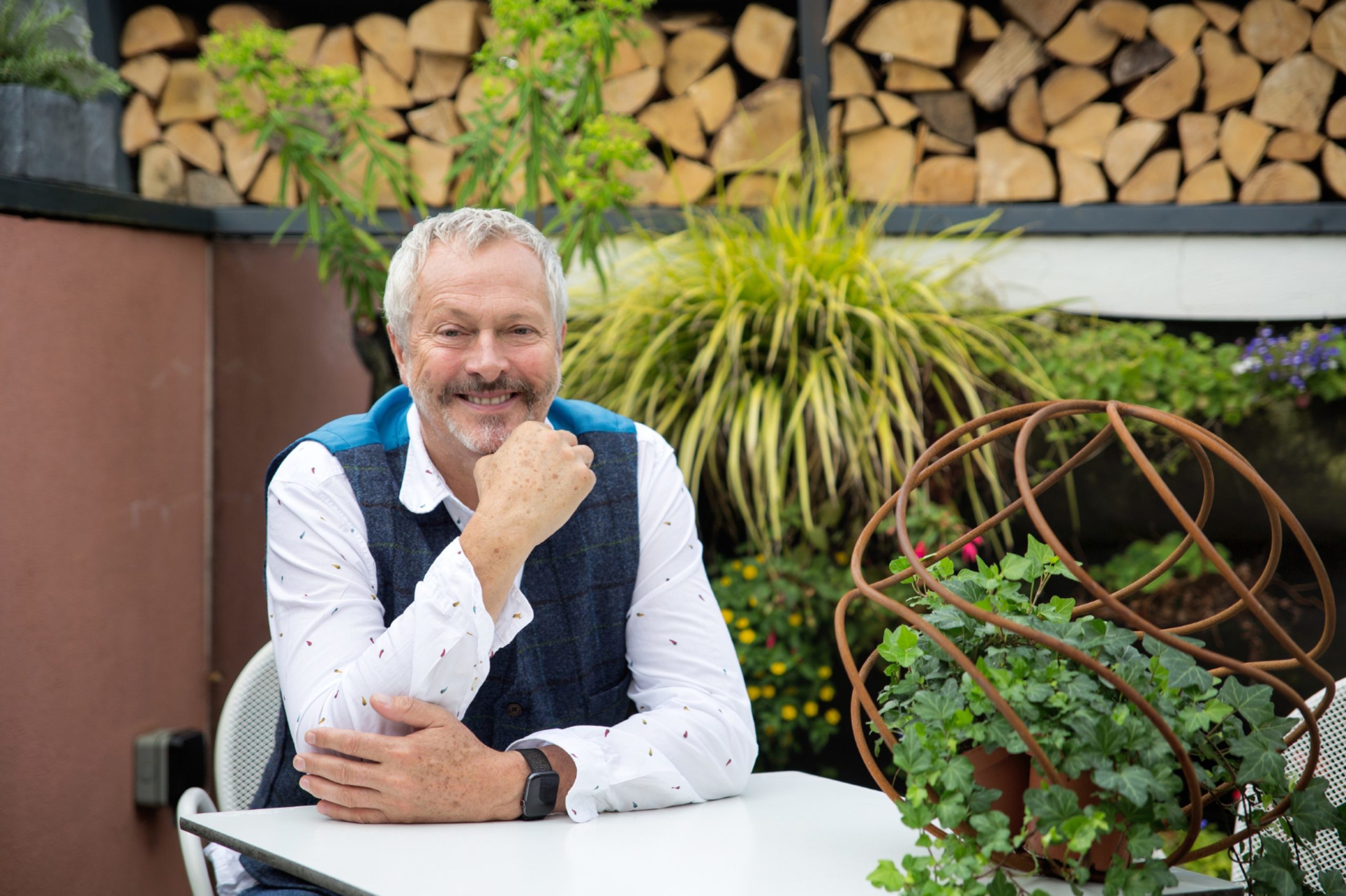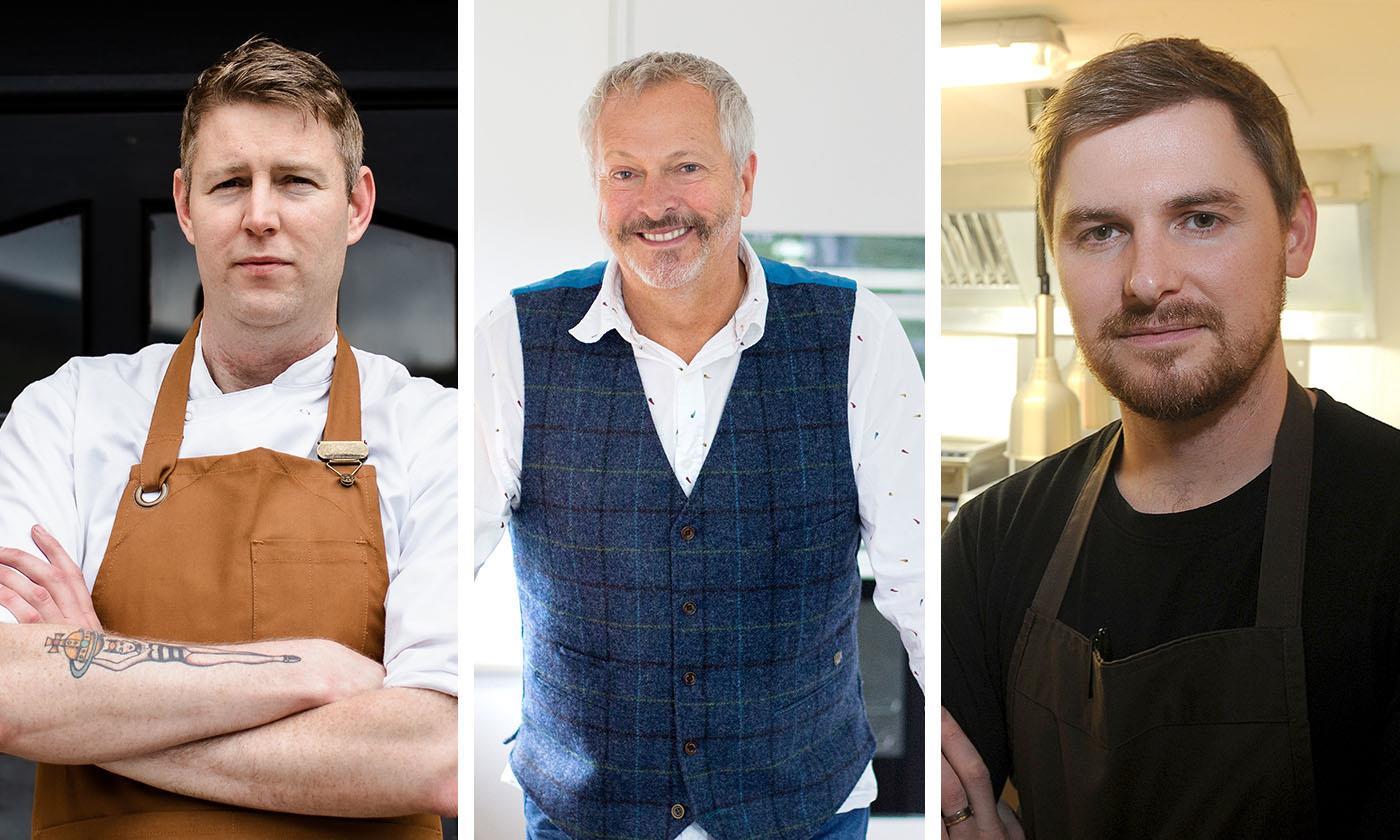Scotland’s hospitality industry is already in crisis. Julia Bryce has spoken to three top chefs, including Nick Nairn, who are ensuring the wellbeing of their staff is front and centre when it comes to dishing up the goods.
The kitchen is one of the most stressful places in any restaurant. It’s hot, sweaty, fast-paced, and there is minimal room for error.
That being said, it is also usually the heart of a home and, in most instances, the heart of a restaurant, too. Teams pull together to unleash their creative flair, individuals shine as they conjure up new dishes and there is a real camaraderie and family feel.
However, as Scotland’s chef sector struggles to fill the gaps with recruitment proving challenging and recent abuse and harassment allegations against celebrity chef Tom Kitchin and some of the team at The Kitchin Group in Edinburgh coming to light, head chefs and restaurateurs across the region have already put in measures to ensure the safety and wellbeing of their staff are of the utmost importance.
‘That isn’t bullying’
Celebrity TV chef Nick Nairn, who recently opened new venue Nick’s at Port of Menteith which follows Nick’s on Henderson in Bridge of Allan, employs 40 staff across his two venues and says valuing staff and looking after them is key to encouraging others into the industry.
He said: “The kitchen is a pressured environment, like a hospital operating room or a garage where you’re repairing cars. You’re really judged on your results instantaneously.
“There is a fine line to be trod between being a bully and overbearing, and being strict. I am strict in the kitchen. There’s no music, there’s focus and concentration and if people get things wrong, and it is their fault and not mine, I get cross and I will say in the strongest terms, ‘Do not do that again, you’re letting everyone else down. We’re a team so if you mess up everyone else feels it. Please respect us’.
I’m of a certain age that I’ve worked in some kitchens in London and have seen the worst mental and physical abuse.”
Nick Nairn.
“You might not get that in other industries, but that isn’t bullying. I’m doing that because I want to develop people.
“It is a pretty hard environment. It is hot, sweaty, pressured, long hours. The kitchen has to be good so when I walk in in the morning it has to be upbeat and positive. It is very easy for tempers to get frayed, but after service, if someone has spoken strongly everyone makes up and ends on a positive note.
“I’m of a certain age that I’ve worked in some kitchens in London and have seen the worst mental and physical abuse. Back then there was a weird, twisted chef mindset. They used to call them the SAS kitchens. These kitchens were really hard and were toxic.
“Unfortunately people learn in these environments and it is really important that these learnings get broken. We need to create warm, caring environments which are all about the team as a whole.”
Valuing staff
Nick is adamant by valuing staff and appreciating their worth and value to the business, his restaurants will reap the benefits, and so will their customers.
“We’ve always valued our staff and we realise they are the business. The challenge now is to look after your team. It is the most important thing. We are trying to get everyone on a four-day week.
“It has been incredibly busy since we opened. It is tailing off now, but that has put a huge amount of pressure on the staff, so we made the decision to open just four and a half days a week now.
“We’ve temporarily stopped breakfast on Wednesdays and Thursdays to give the team a break. You come back after two days off and you’re having to prep, sort out the deliveries and get organised for service while serving.
They used to call them the SAS kitchens. These kitchens were really hard and were toxic. Unfortunately people learn in these environments and it is really important that these learnings get broken.”
Nick Nairn.
“Everyone should be on Living Wage by now – this is just the bare minimum human things to do. Our guys do well with tips, which are administered as they should be by law, by the staff themselves. The kitchen has a share and there’s a point system to it.
“Our team, in many respects, are our family. We know all of them really well and we value what they do.”
The next article in this mini series will feature William Halsall, general manager of Craigellachie Hotel in Speyside, and will be published tomorrow.



